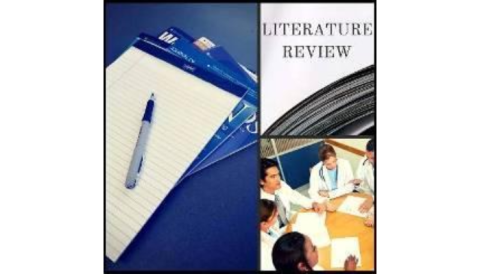Review: Improving Healing of Venous Leg Ulcers
October 13, 2015
Temple University School of Podiatric Medicine Journal Review Club
Editor's note: This post is part of the Temple University School of Podiatric Medicine (TUSPM) journal review club blog series. In each blog post, a TUSPM student will review a journal article relevant to wound management and related topics and provide their evaluation of the clinical research therein.
Article title: Treatment with LL-37 is safe and effective in enhancing healing of hard-to-heal venous leg ulcers: a randomized placebo controlled clinical trial.
Authors: Alvar Gronberg, DrMedSc; Margit Mahlapuu, PhD; Mona Stahle, MD, PhD; Caroine Whately-Smith, CStat; Ola Rollman, MD, PhD.
Journal name and issue: Wound Repair and Regeneration, September-October 2014 (pages 613-621).
Reviewed by: Lucy Barrow, Temple University School of Podiatric Medicine
Introduction
The gold standard treatment for venous leg ulcers (VLUs) is compression therapy. At this point there have been few oral or topical medications indicated for the treatment of hard-to-heal (HTH) VLUs and none of those have definitive studies to prove their effectiveness. In this study, the authors looked at the application of synthetic human peptide LL-37 as a topical adjunct to compression therapy. In the early stages of normal acute wound healing, tissue repair mediators are rapidly released, one of these being LL-37 (derived from hCAP18, an antimicrobial protein). LL-37 protein is released within a few hours after injury at the wound margins after transcription of hCAP18/LL-27 is upregulated. Following LL-37's release, re-epithelialization, angiogenesis and regulation of pro-inflammatory cytokines occurs. However, in chronic wounds there is a signal for hCAP18 mRNA in the epithelium but there is no translated protein observed. This clinical trial used a synthetic LL-37 peptide identical to the endogenous human LL-37 seen in acute wound healing and observed the safety of 3 different doses in humans.
Materials and Methods
This study was carried out as a randomized, double-blind, placebo controlled, multi-center trial from August 2012-April 2014. A "run in" period was performed first; during this, 56 people with HTH VLUs were treated with a placebo (PVA) and compression therapy for 3 weeks. After this period of time, people that had greater than a 7-13% decrease in their ulcer area were excluded from the trial. The remaining 34 people were then randomly assigned to either receive placebo (PVA), or low (.5mg/dL), medium (1.6mg/dL), or high dose of LL-37 peptide diluted with PVA. The wounds were cleansed with saline, placebo or one of the LL-37 strengths was applied, and the wounds covered with polyurethane foam or hydrofiber, offloaded if needed, and wrapped with a short-stretch or long-stretch compression bandage. The ulcers were evaluated twice a week for 4 weeks, with a follow up period of 4 weeks where the wounds received no further treatment. Parameters included in the evaluation were: ulcer area, tolerability, vitals, adverse events, local reactions, pain, and ulcer characteristics.
Results
The ulcers in the low and middle dose groups healed significantly faster while the ulcers in the high dose group did not have any significant improvement when compared to the placebo group. When comparing the ulcer area at the end of the trial to the area measured right before randomization, the low and middle doses showed a statistically significant improvement. In the pre- and post-randomization comparison, the higher dose group did not show a significant improvement. No significant local or systemic adverse reactions from the treatment were observed.
Discussion
As shown in the results gathered, the low (.5 mg/dL) and middle (1.6 mg/dL) concentrations significantly improved healing of hard-to-heal VLUs. The higher concentration did not have a significant effect on HTH VLUs. In conclusion, a low to medium dose of LL-37 is a safe and tolerable drug to add to standard compression therapy to treat HTH VLUs.
About the Authors:
Lucy Barrow is a 3rd year podiatric medicine student at Temple University School of Podiatric Medicine in Philadelphia, Pennsylvania. She graduated from The University of Texas at Austin in 2013 with a BS in Human Biology. She has interests in wound care and diabetic limb salvage and hopes to become further involved in these specialties of podiatric medicine.
Dr. James McGuire is the director of the Leonard S. Abrams Center for Advanced Wound Healing and an associate professor of the Department of Podiatric Medicine and Orthopedics at the Temple University School of Podiatric Medicine in Philadelphia.
The views and opinions expressed in this blog are solely those of the author, and do not represent the views of WoundSource, HMP Global, its affiliates, or subsidiary companies.










Follow WoundSource
Tweets by WoundSource